
Teaching Christian Eyes
- Lee Palmer Wandel
_______________________________
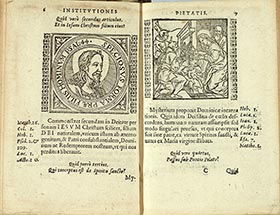
Fig. 14. P. Canisius, Institutiones Christianae
Pietatis, 1575 
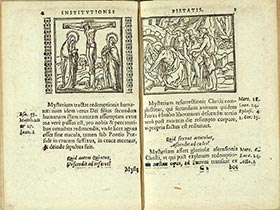
Fig. 15. P. Canisius, Institutiones Christianae
Pietatis, 1575 
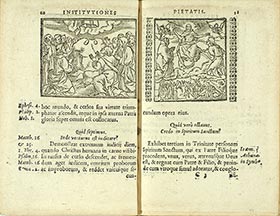
Fig. 16. P. Canisius, Institutiones Christianae
Pietatis, 1575 
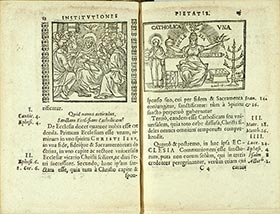
Fig. 17. P. Canisius, Institutiones Christianae
Pietatis, 1575 
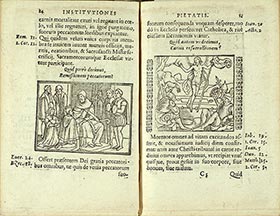
Fig. 18. P. Canisius, Institutiones Christianae
Pietatis, 1575 
If the first image (fig. 11  ) represented God the Father and Creator, and the second (fig. 12
) represented God the Father and Creator, and the second (fig. 12  ), Christ the redeemer, the third image (fig. 13
), Christ the redeemer, the third image (fig. 13  ) renders the distinctive agency of the Holy Spirit as taught by Luther’s catechisms, here represented not only by its symbol, the dove, and radiating lines, but the small flames atop the heads of all but Christ, who sits at center and immediately below the dove. In the woodcut, women as well as men are present, receiving the Holy Spirit, which, as the scriptural reference that precedes it indicates, is the day of Pentecost :
) renders the distinctive agency of the Holy Spirit as taught by Luther’s catechisms, here represented not only by its symbol, the dove, and radiating lines, but the small flames atop the heads of all but Christ, who sits at center and immediately below the dove. In the woodcut, women as well as men are present, receiving the Holy Spirit, which, as the scriptural reference that precedes it indicates, is the day of Pentecost :
they were all together in one place. And suddenly from heaven there came a sound like the rush of a violent wind, and it filled the entire house where they were sitting. Divided tongues, as of fire, appeared among them, and a tongue rested on each of them. All of them were filled with the Holy Spirit… [12]
The page invites the catechumen not simply to read the woodcut as a visualization of the scriptural text, but to see Christ’s real physical presence among those who receive the Holy Spirit. The materialities of the woodcut manifest the physical reality of Christ among the faithful.
As with the Enchiridion, so, too, in the Institutiones the number of images corresponds to and thereby reinforces the number of articles of faith that the catechism teaches the catechumen the Apostles’ Creed comprises. In the Institutiones, the images do many different things. On the next two pages of catechesis of the Creed in the Institutiones (fig. 14), the catechumen encounters two different kinds of image. The one on the left is visibly a different kind of devotional image from the one on the right. It presents the head of Christ, turned and looking towards the next page, encircled by words, directing the catechumen to Psalm 44
…Why do you sleep,
O Lord?
Awake, do not case us off forever!
Why do you hide your face?
Why do you forget our affliction
and oppression?
For we sink down to the dust;
our bodies cling to the ground.
Rise up, come to our help.
Redeem us for the sake of your steadfast love [13]
The one on the right would have been familiar in a different way, evoking images the catechumen might have seen on altars in his or her parish church, representing the Holy Family, in the manger, with shepherds and oxen attending. In both, the image is placed in the very process of catechesis, between the question and the catechumen’s answer, itself participating in the explication of the text. The left image, placed with “and in Jesus Christ his son”, presents the catechumen with the face of God Incarnate. The right image, “conceived of the Holy Spirit”, renders not the Annunciation, as appears in another of Canisius’s catechisms, but Epiphany – the moment when Jesus, “the mystery of the Incarnate Lord”, was seen by a wider world.
The next two pages of the catechism present yet again two different kinds of images (fig. 15), the one on the left an intimately familiar devotional image – the Crucifixion with Mary and John – and the one on the right the representation of the descent into Hell. While the Crucifixion was also a moment in the narrative of Christ’s life, it had become perhaps the most densely layered of late medieval images: the focus of contemplation, meditative practices, devotion, as well as an image in inns, homes, and, as we have seen, upon altars. The other renders a sentence in the Apostles’ Creed that had been rendered in images far less often in late medieval Christianity, a sentence that would itself become the focus of debate, because it had – contrary to the suggestion of those scriptural references – no basis in Scripture. The descent was medieval in origin. Embedded in the sequence of images visualizing Christ’s death and resurrection, this woodcut implicitly participated in the momentum of that narrative, visualizing an event that was itself a statement of faith.
In the catechism’s division of the Apostles’ Creed into twelve articles Christ was accorded half, six articles – affirming conception by the Holy Spirit, the virgin birth, the Passion, Crucifixion, death, burial, descent into Hell, Resurrection, and ascent to judge the living and the dead. In the Institutiones, the images, as we have seen, did not render in line the words of each article. Instead, they reach beyond the page, as do these two (fig. 16), to altarpieces and panel paintings, to the interiors and exteriors of churches, where the image on the left might be rendered in tempera or oil, and the one on the right might be found in the tympanum over the west portal. The woodcuts point the catechumen towards a world dense in representations of God Incarnate and his life among humankind, thousands of individual materializations of thinking about the person of Christ and the import of his life.
In the next two pages (fig. 17), the woodcut on the left presents an image of Pentecost significantly different from the one in the Enchiridion. In Canisius’s catechism, Mary is at center, directly beneath the dove and its radiating illumination. There is no bench separating a moment in Acts from the catechumen, and Mary looks directly out at the reader. The woodcut of Pentecost is detached from the catechesis of the article on the Holy Spirit, which is printed on the preceding page. Spatially, within the frame created by the two pages, Mary is paired with Ecclesia, who appears here for the second time, again on the right page. The two figures engage with one another at a number of levels: Mary’s arms are crossed, Ecclesia’s open; the dove is above Mary and in Ecclesia’s left hand; Peter sits behind Mary and stands next to Ecclesia; Mary’s radiating halo is intimate, hers alone, while Ecclesia’s is, as her arms suggest, expansive. The two women thus complement one another, gestures and attributes visualizing differences even as placement frames affiliation.
If many woodcuts evoke images in the interiors of churches, the one on the left of the next two pages depicts a practice (fig. 18) which the catechumen would learn in the course of catechesis, but not yet in the temporal sequence of the codex. For the article of the Creed, “remission of sins”, the woodcut renders an instantiation of the practice of the sacrament of penance: absolution is being offered to a lay couple by a man designated by clerical habit. The woodcut on the right visualizes for the catechumen that article which defined Christian belief: the Resurrection, when Christ rose from the tomb [14]. That moment had been represented variously in the media of late medieval Christianity – from panel paintings to plays – all of which sought to materialize, to make sensible, the mystery of life after death.
![]()